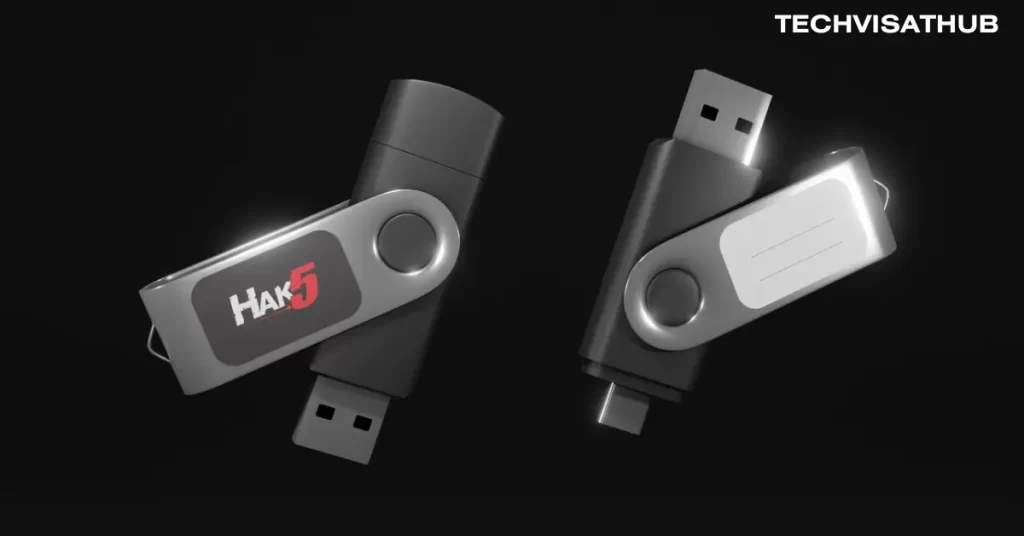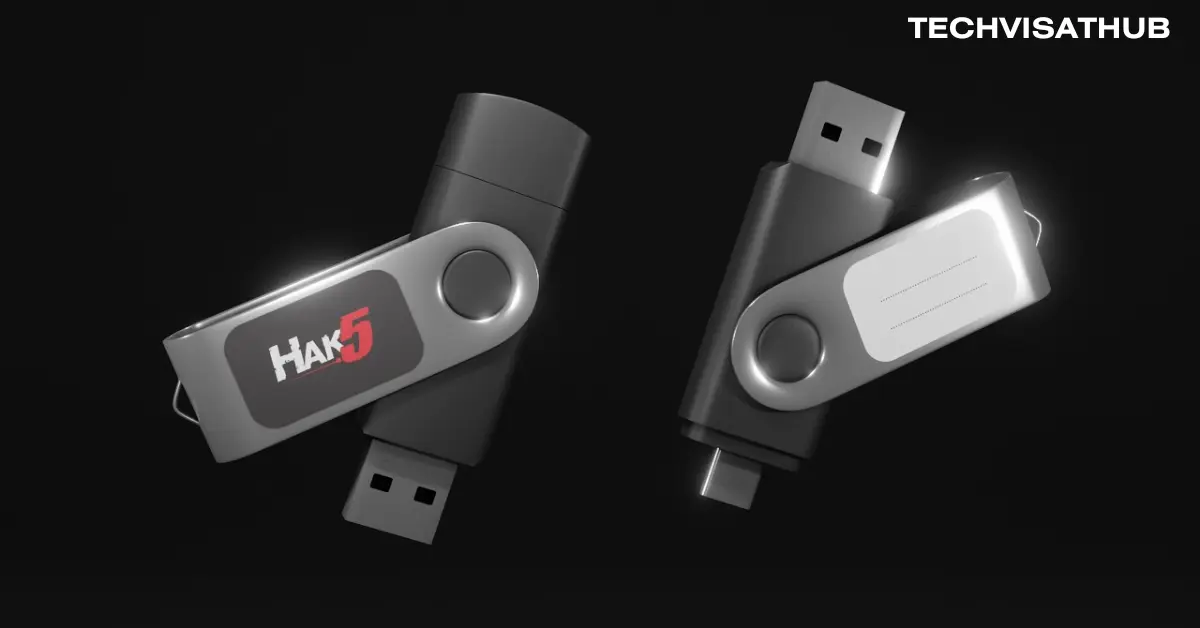
The Hak5 Rubber Ducky may look like a regular USB drive, but it is a sophisticated tool used for both pranks and serious cybercrime. This device can automate tasks or execute harmful activities like stealing passwords, opening backdoors for ransomware, or deleting file systems within seconds.
Features of the Hak5 Rubber Ducky
The Rubber Ducky contains hardware that mimics a keyboard, making it hard to detect by malware scanners. The latest version, Rubber Ducky 2.0, can detect the operating system, spoof hardware information, and execute its payload at a human-like speed, evading many security measures.
Programming the Rubber Ducky
Programming the Rubber Ducky is accessible with some coding knowledge. It uses a proprietary language called Ducky Script, allowing users to automate keyboard inputs, delays, and other commands. Payloads can be compiled using Payload Studio, which helps with syntax and error checking.
Real-World Applications
The Rubber Ducky can automate mundane tasks such as setting up a new PC by installing necessary software. However, it can also be used for malicious purposes like extracting data from systems or executing phishing attacks targeted at high-profile individuals.
Protecting Yourself from USB-based Attacks
Awareness and proper security protocols are crucial in protecting against Rubber Ducky attacks. Always be cautious with unknown USB devices and follow your organization’s IT security guidelines.
Conclusion
While the Rubber Ducky is a powerful tool that can simplify IT tasks, it also poses significant security risks if used maliciously. Understanding its capabilities and how to protect your data is essential in today’s digital landscape.
For more insights on cybersecurity tools and practices, explore our other articles and stay informed.




Leave a Reply